Data centres are getting less power-hungry, yet more efforts will be needed to 'green' the industry
Last year, global data centre electricity used was 220–320 TWh, excluding energy used for cryptocurrency mining, which was 100–140 TWh, according to the International Energy Agency (IEA). While global internet traffic has increased 15-fold since 2010, data centre energy usage remained relatively unchanged, estimated to represent between 0.9% and 1.3% of global electricity use. Many improvements have been made within the industry, and with that, lower Power Usage Effectiveness* (PUE) ratings are being achieved. On average, in Europe, the PUE is currently at 1.25, down from 1.74 in 2005. There is a continuous cycle of technology refresh in existing data centre facilities, with operators investing in the deployment and utilisation of the latest and most efficient technology.
With the growth of renewable sources, there is a large increase in the use of geothermal, wind, solar, hydrogen and nuclear power in proximity and powering new data centres – increasingly generated on-site. These innovative projects are helping the industry with its energy consumption credentials. Some of the major colocation operators are striving to attain green data centre credentials and using various methods within the construction process to achieve this. Some of these methods include the use of adaptive control systems, LED lighting, fuel cell deployment, temperature differential aisle containment, solar deployment and heat waste utilisation. All of these changes to the operation of a data centre help to reduce the negative environmental impacts created. Another common theme in new design proposals is to use waste heat from data centres to warm nearby buildings such as offices or residential developments. This approach can help these secondary use classes in local proximity to attain accreditations, such as BREEAM or LEED, by repurposing the waste heat from the data centre into a practical application.
Some accreditations being attained by developers in the space are Green Star, ISO 50001, BCA Green mark and Green-e. These accreditations all measure various environmental constraints on data centre design and development, ensuring the buildings reach certain requirements, with a goal to help reach net zero industry-wide targets. Whilst due diligence surrounding ESG issues increased significantly over the past two years, the lack of widely agreed-upon ESG standards remains challenging. In spite of the lack of a common regulatory framework, commitment within the industry is increasing. Operators are motivated because being the most energy-efficient feeds through to their bottom line, their returns. Whilst, energy efficiency metrics are multiplying because fund managers need to be able to report to their investors.
Read the articles within Spotlight: European Data Centres below.


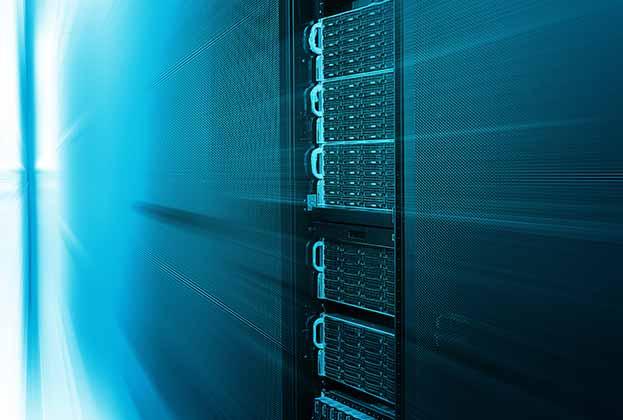



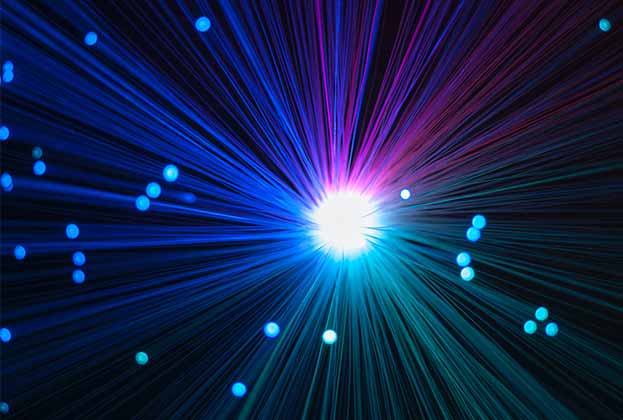
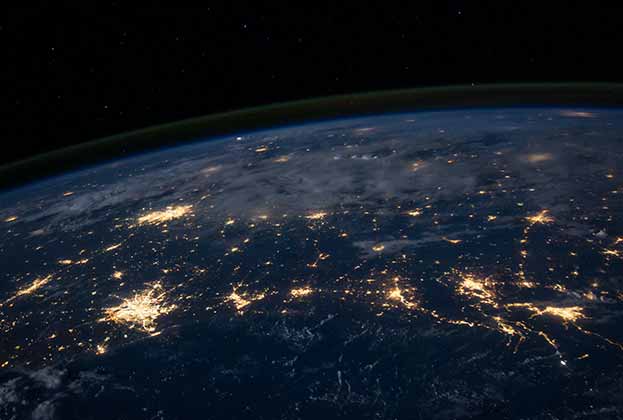
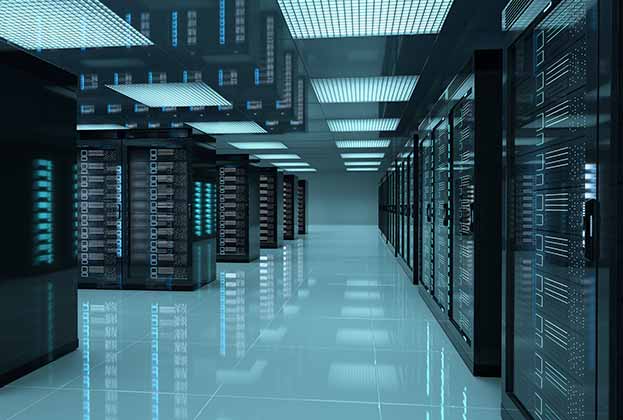

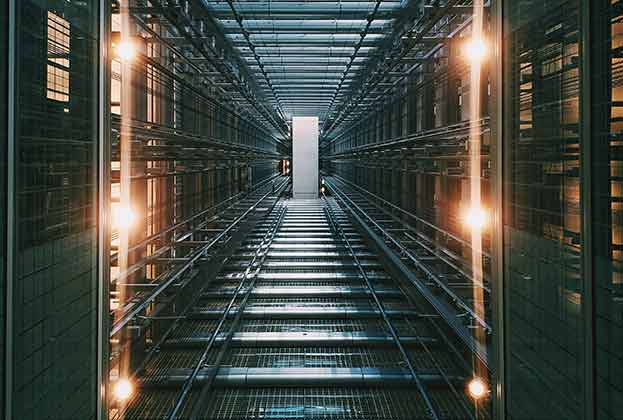
.jpg)